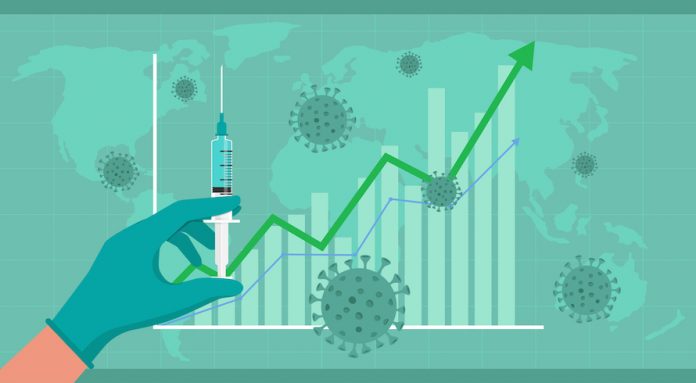DALLAS — The continued rollout of COVID-19 vaccinations and additional stimulus funds have strengthened the foundation for the recovery of the U.S. lodging industry. According to the February 2021 edition of Hotel Horizons, CBRE Hotels Research is forecasting an average national occupancy level of 43 percent during the first half of the year, accelerating to 55.1 percent in the second half of 2021.
“Our current forecast takes into account a national rollout of the COVID vaccines, plus the December COVID Relief Bill, both of which support the projections of improved performance during the second half of the year,” said Rachael Rothman, head of Hotels Research & Data Analytics for CBRE. “Based on our forecasts, the worst of the top-line declines are now behind us. We are beginning to see green shoots of a recovery in air travel data, booking patterns, and revenue per available room (RevPAR).”
CBRE’s February 2021 forecast calls for a return to 2019 RevPAR levels in 2024. In general, properties that operate in the lower-priced chain-scale segments will recover sooner than the higher-priced hotels.
“Since we developed our February 2021 forecast, the pace of vaccination distribution has topped 2 million a day, more than we originally foresaw. In addition, the recent $1.9 trillion COVID package should boost lodging demand, while providing hotel owners with much-needed financial assistance,” said Bram Gallagher Ph.D., senior hotel economist with CBRE Hotels Research. “The combination of these factors solidifies our improved outlook for the second half of 2021 and beyond.”
Performance Varies
CBRE advises hotel owners and operators to evaluate performance by location, property type, and chain scale, and 2021 is no exception.
“Upper-priced properties will see faster growth in 2021 fueled by easier comparisons and an uptick in business and leisure travel. However, occupancy levels still will trail those of the mid- and lower-tier properties,” Rothman said.
RevPAR gains will vary widely by market as well. Hotels in markets such as Minneapolis, Washington, D.C., Boston, Chicago, and Philadelphia are expected to see RevPAR gains of more than 50 percent during the year. However, results still will fall meaningfully short of prior peaks. By year-end, smaller cities like San Bernardino, Dayton, Oklahoma City, Virginia Beach, and Savannah will be closer to returning to 2019 RevPAR levels than other markets.
Growth Beyond 2021
CBRE’s February 2021 forecast calls for a return to 2019 RevPAR levels in 2024. In general, properties that operate in the lower-priced chain-scale segments will recover sooner than the higher-priced hotels.
One factor supporting enhanced lodging performance in the second half of 2021 and beyond is a reduction in the traditional lodging supply. The combination of permanent closures and fewer projects starting construction has resulted in a reduction of CBRE’s hotel supply forecast for 2021 to a gain of just 0.9 percent for the year. CBRE estimates supply growth will remain below 1 percent through 2023. This is less than the long-run average change in supply of 1.4 percent.











